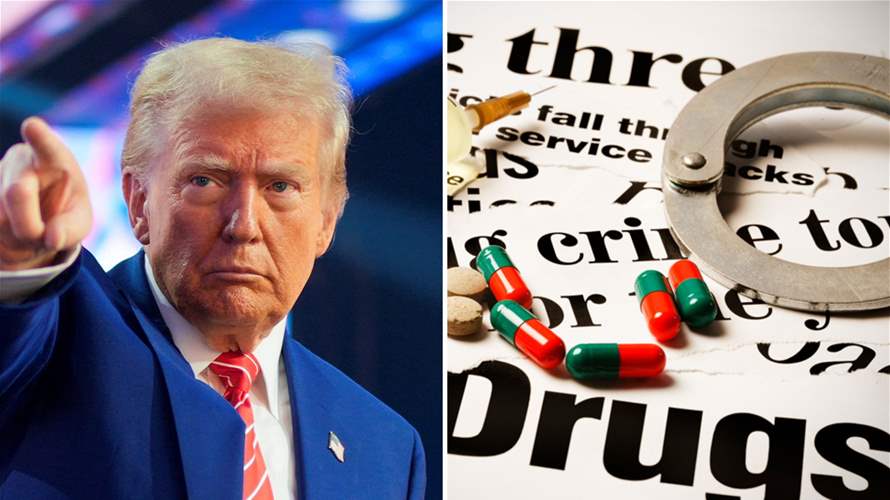The focus is no longer on a single cartel but on an interconnected international network with multiple branches stretching from Latin America to the Middle East and Asia.
According to the United Nations World Drug Report 2025, cocaine is smuggled from Latin America along sea and land routes passing through the Caribbean and Central America before reaching the United States and Europe.
These routes, once dominated by large cartels, are now changing and fragmenting in response to strikes and security seizures.
Regions such as the Caribbean, Mexico, and Central America have become central transit hubs, where shipments are consolidated and then divided into smaller consignments for final delivery. But the war on drugs is not limited to the Americas.
Conflicts and political crises around the world have created fertile ground for the production and trafficking of synthetic drugs.
Captagon, an illicit manufactured drug, has emerged as a major challenge in the Middle East. The drug became prominent during the Syrian war, with much of the production occurring in Syria or Lebanon.
With the fall of the Syrian regime in 2024, the market entered a period of uncertainty, with large seizures and shuttered labs. Yet figures from 2024 and 2025 indicate that flows persist—either from old stockpiles or ongoing production in new locations. Shipments move overland and by sea to the Gulf and, in some cases, toward Europe.
On a broader level, the war in Ukraine disrupted established heroin and cocaine routes, but synthetic drugs are expanding. Ukraine has become a source of substances such as methadone, while Myanmar and Mexico remain major producers of methamphetamine, feeding markets in Southeast Asia and North America.
In this global scenario, no definitive solution is in sight.
When Trump ordered recent strikes against an alleged drug boat from Venezuela in the Caribbean, he said the aim was to fight “drug terrorism,” accusing drug networks of using narcotics as a currency to finance certain regimes and armed groups.
In his U.N. speech, Trump linked drug networks to politics, blending drug enforcement with his broader stance against countries that do not align with U.S. policy.
U.S. strikes, apart from their political implications, affect global drug trafficking routes, but they cannot close all channels. These complex networks have shown the ability to reorganize routes, using smaller ports, partial shipments, or transit through intermediary countries.
